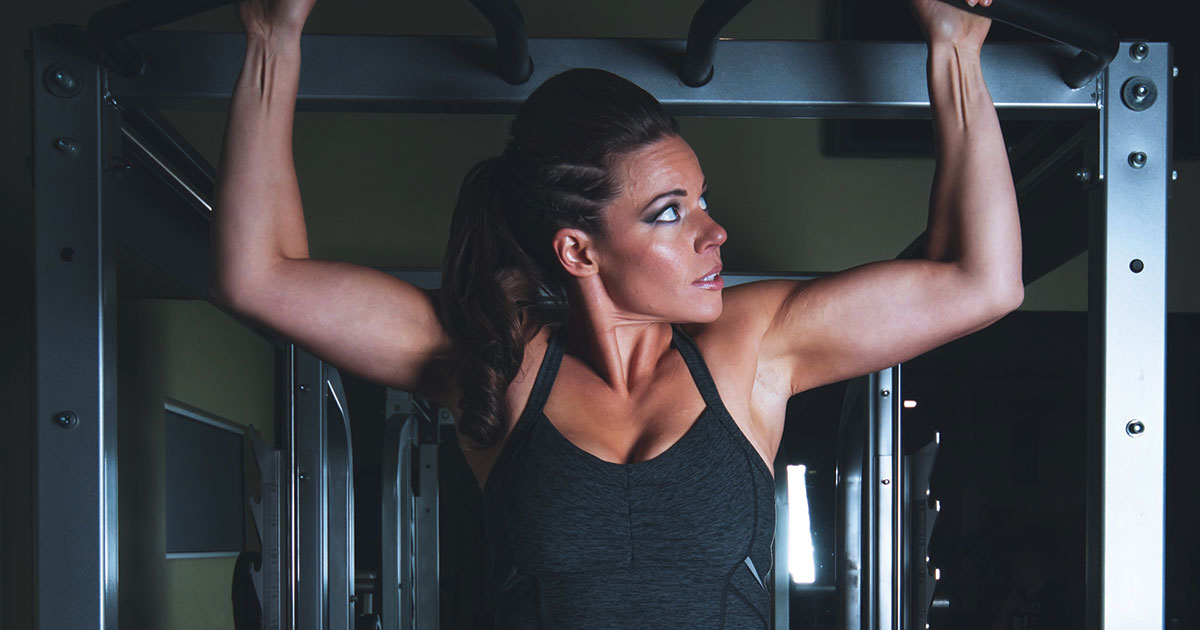I jumped at the opportunity to work with local Rolfer Beth Berkely and her student Andrea Sutcliffe in Goffstown NH. Beth’s knowledge, experience, and vision is incredible and over the next ten weeks my goals where clear. This was my chance to learn about myofascial techniques, connective tissue, proprioceptive retraining and structural integrity. I borrowed books, asked questions after treatment, and focused on each session’s micro goal. Again, thank you Beth and Andrea for helping me grow as a coach.
After last weeks blog about connective tissues, I thought long and hard on what I wanted to film for this week. The following videos are a series designed to increase shoulder mobility starting with myofascial release, stretching, strengthening, and re-education.
Using a foam roller is a great way to stimulate localized blood flow and help manipulate tissue. However, in hard to reach areas like the anterior portion of the shoulder and chest a tennis ball is a better tool. I generally start at the sternum, right around the manubrium. This is where the clavicle is attached to the sternum. Start working from the sternum out to the shoulder. Use the collar-bone as a guide and drop down into the chest tissue looking for restrictions.
MFR with Ball:
Another options is to work the foam roller from the posterior aspect of the shoulder and save the tennis ball for the anterior side. Another variation of this technique is to stand using a wall instead of the floor, but I find it easier on the floor.
I follow manual therapy with a light stretch. Using a wall helps control movement patterns and provides proprioceptive feedback.
The pitchers stretch:
Take a split stance with the rear leg closest to the wall. Use the lead hand for stability and to push into the wall to increase the stretch of the opposite arm.
With the opposite arm, press your palm into the wall. This will activate your chest muscles and help rotate the torso back into the starting position.
Allow the head and torso to rotate while the hands stays fixed to the wall.
Reps: 2-3 sets for 8-10 reps
Using a stick instead of the wall will help reinforce the previous movement, without the wall for stability.
Pec mobilization with broom stick:
Take a split stance, match the rear leg with the top hand. Right leg back, right hand on top.
Keeping a strong grip with both hands, pull the top hand back mimicking a throwing pattern.
The bottom hand applies resistance as the top hand pulls. At the top part of this position the bottom hand will now help and push the shoulder into a greater range of motion.
The generality of the more the better is not correct here. Focus on stability and keeping good form.
Reps: 2-3 sets for 8-10 reps
The next motion will reinforce the previous but require greater stability and strength by replacing the stick with a band.
Pec mobilization with band:
Reps: 2-3 sets for 8-10 reps
Band Pull-Apart:
Start with both hands out in front of you about shoulder width apart.
Maintaining a strong grip on the band, pull to the side and back, forming a T in the final position.
Keep the torso and head as still as possible while pulling, this will keep the core active.
Reps: 3 sets for 8-10 reps
Going back to the floor is a great way to reinforce joint mechanics along a single plane. This is why I prefer to finish with a floor based movement.
90-90 Shoulder Windmill:
While laying on one side, flex the hips and knees to about 90 degrees. This will stabilize the low back.
Stack the hips and shoulders on top of one another and straighten the back.
Lightly squeeze a foam roller between your legs to reduce hip movement.
Sweep the floor with the top arm.
I try to open the bottom arm through the floor as the top arm sweeps. This will open the chest.
When training for a competition or recreationally it is important to maintain joint function. If an inefficient pattern gains strength, only inefficiency gains. These exercises are a great way to pattern fundamental movements and correct imbalances. Proper exercise and myofascial techniques compliment each other and help support athletic performance as well as contributing to joint health.

